 | ||
Pipistrel alpha trainer basic flight test evaluation
The Pipistrel Alpha Trainer is a Slovenian light-sport aircraft intended specifically for flight training, designed and produced by Pipistrel.
Contents
- Pipistrel alpha trainer basic flight test evaluation
- Pipistrel alpha trainer pipistrel aircraft introduces the alpha trainer light sport aircraft
- Design and development
- Alpha Electro
- Specifications Alpha Trainer
- References
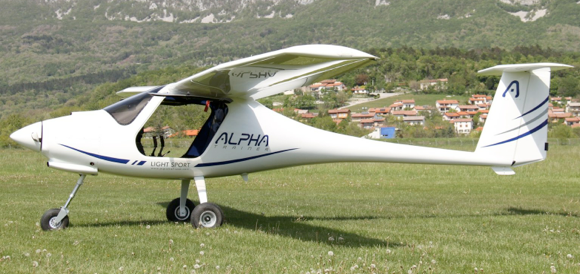
The Alpha was announce at the end of 2011 and production started in 2012.
Pipistrel alpha trainer pipistrel aircraft introduces the alpha trainer light sport aircraft
Design and development
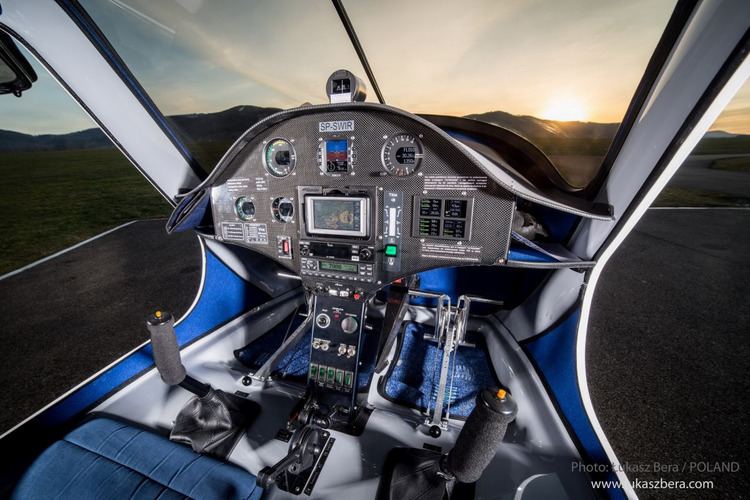
The aircraft was designed to comply with the US light-sport aircraft rules. It features a cantilever high-wing, a two-seats in side-by-side configuration, tricycle landing gear and a single 80 hp (60 kW) Rotax 912UL engine in tractor configuration.
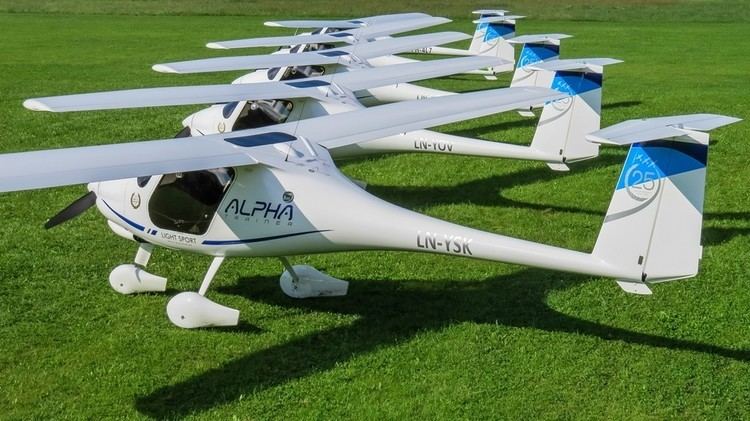
The aircraft is made from composites and features landing gear especially designed for training use. A ballistic parachute is standard equipment along with traditional and cheaper round-dial style flight instruments, rather than a glass cockpit. The design goals include economy of purchase and operation and its initial price of US$85,000 was intended to address moves by Pipistrel's competition in raising prices on their aircraft. In particular the Alpha's price was initially set well below the then-current US$149,000 price announced for the comparable Cessna 162, although by 2014 Pipistrel had raised the price to US$103,000. The fuel consumption is projected to be 2.5 US gallons per hour (9.5 litres per hour).
Alpha Electro
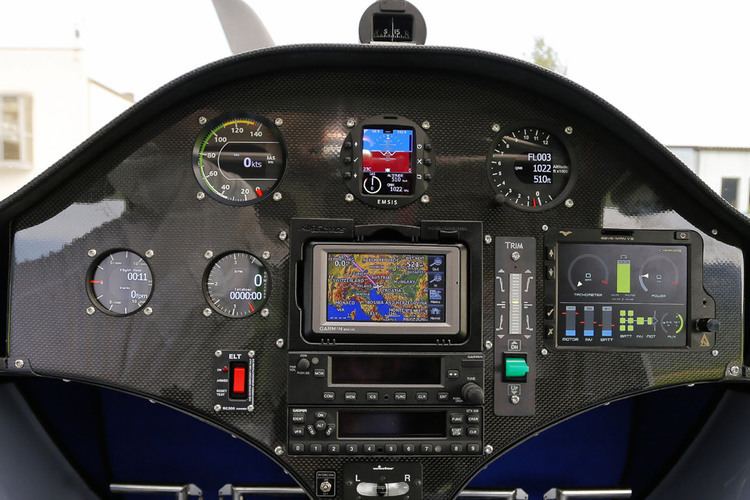
Pipistrel introduced an electric version called the Alpha Electro in 2015 at a price of 69,000 euros, with technology from the Pipistrel WATTsUP proof of concept design, for short training. It has energy for one flight hour plus reserves, and can recharge in 45 minutes or have its batteries replaced in 5 minutes. Instead of 78 lb (35.5 kg) of fuel, it has 277 pounds (126 kg) of LiPo cells, however the water cooled electric motor weighs 11 kg; much less than the gasoline engine. It has a useful load of 380 lb, whereas a Cessna 152 has between 350-480 lb useful load.
After 38 minutes of flying various manoeuvres, battery capacity may be 25%. From the inside, the Electro is very similar to the gasoline-powered version, but from the outside, the Electro is much quieter. Electricity costs are about 1/10 of gasoline.
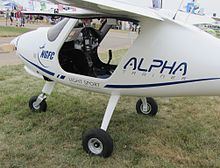
The Electro is not certified in the USA. In 2015 Pipistrel intended to fly the Electro from France to England two days before the Airbus E-Fan, but was prevented by Siemens. Four Electro aircraft will be used to provide flight training in Fresno, California starting in late 2017 as part of the Sustainable Aviation Project.
Specifications (Alpha Trainer)
Data from AVweb and Pipistrel
General characteristics
Performance
Avionics
